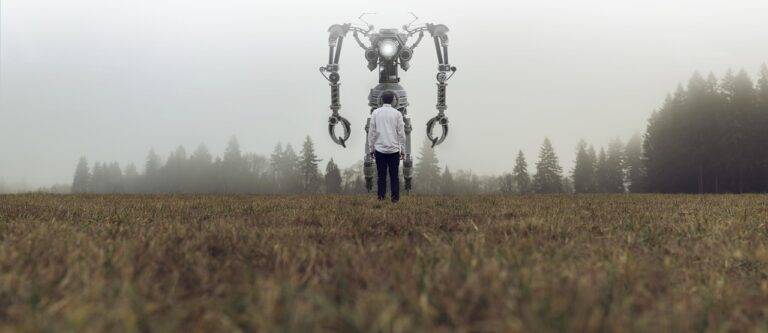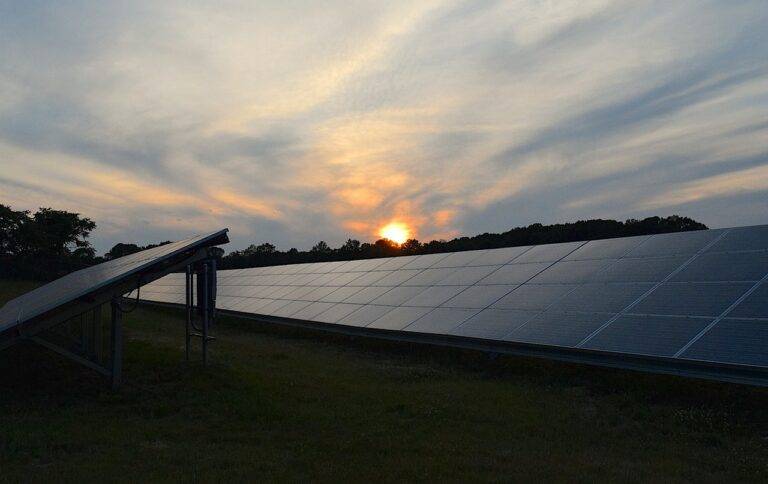Tech in Archaeology: Innovations and Discoveries
Excavating archaeological sites has been revolutionized by technological advancements in recent years. Traditional methods involving manual digging and sifting have been supplemented, and in some cases replaced, by more efficient and precise techniques. One such innovation is the use of ground-penetrating radar, which allows researchers to visualize subsurface features without the need for extensive excavation.
Another groundbreaking technology is LiDAR, which employs laser scanning to create detailed 3D maps of archaeological sites. This non-invasive method helps archaeologists identify previously undiscovered structures and features hidden beneath the earth’s surface. By combining these remote sensing technologies with traditional excavation methods, researchers are able to uncover and analyze artifacts and structures with greater speed and accuracy than ever before.
Remote Sensing Techniques in Archaeology
Remote sensing techniques have revolutionized the field of archaeology by offering non-invasive methods for exploring and interpreting ancient sites. These methods involve using advanced technologies like satellite imaging, LiDAR (Light Detection and Ranging), and ground-penetrating radar to gather data from a distance without physically disturbing the archaeological remains.
By harnessing the power of remote sensing, archaeologists can uncover buried structures, identify hidden features beneath the surface, and map out vast landscapes with precision. This technology enables researchers to conduct large-scale surveys efficiently and accurately, providing valuable insights into the history and civilizations of past societies.
What are some of the technological advances in archaeological excavation methods?
Some technological advances in archaeological excavation methods include the use of remote sensing techniques, ground-penetrating radar, LiDAR technology, and satellite imagery.
How can remote sensing techniques be used in archaeology?
Remote sensing techniques can be used in archaeology to survey large areas quickly and efficiently, identify buried structures or artifacts, and create detailed maps of archaeological sites.
What are some examples of remote sensing techniques used in archaeology?
Some examples of remote sensing techniques used in archaeology include aerial photography, satellite imagery, ground-penetrating radar, LiDAR technology, and thermal imaging.
How do remote sensing techniques help archaeologists in their research?
Remote sensing techniques help archaeologists in their research by providing valuable data and information about archaeological sites without the need for extensive excavation, saving time and resources.
Are remote sensing techniques replacing traditional excavation methods in archaeology?
Remote sensing techniques are not replacing traditional excavation methods in archaeology, but rather complementing them and providing archaeologists with additional tools and resources for their research.





